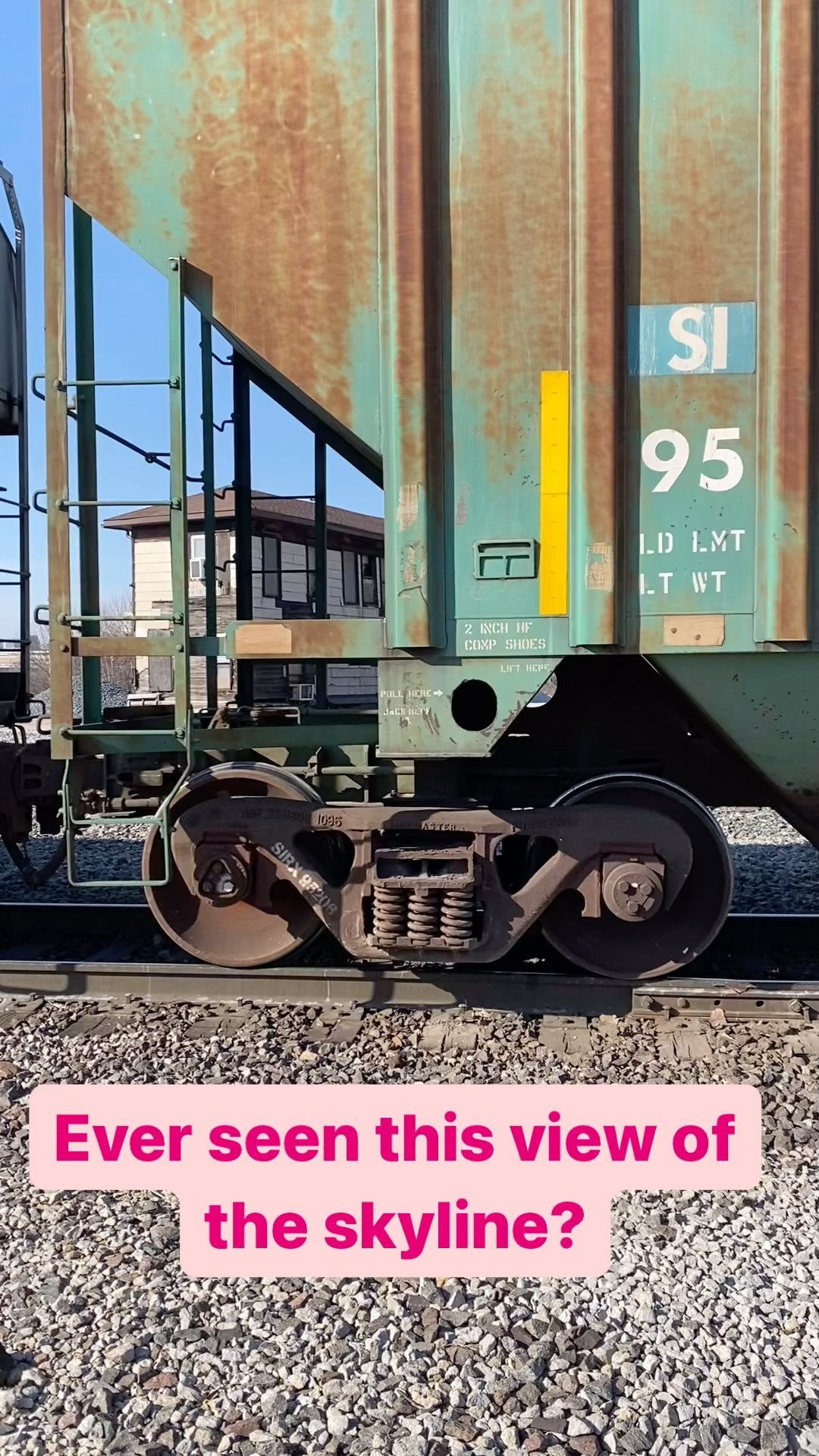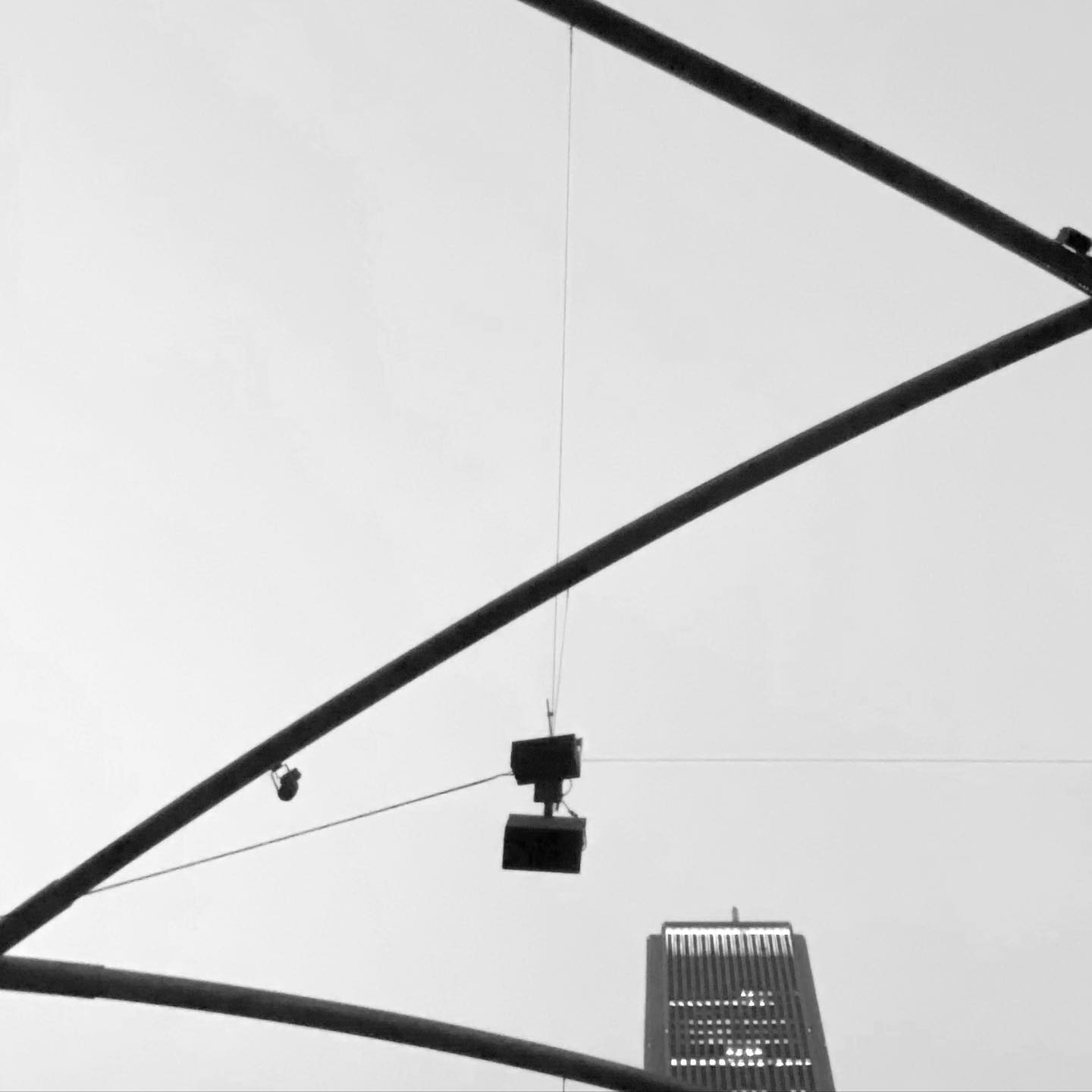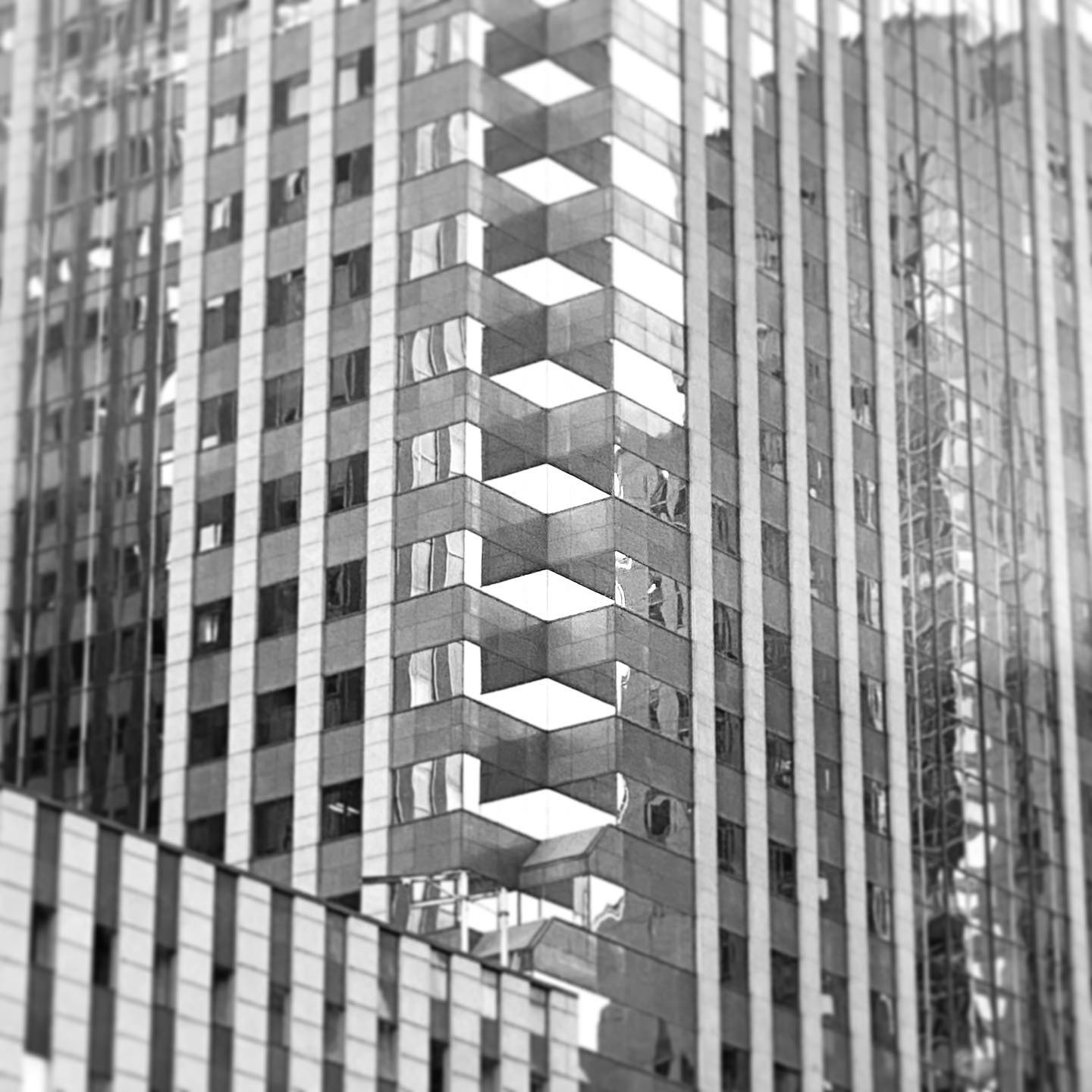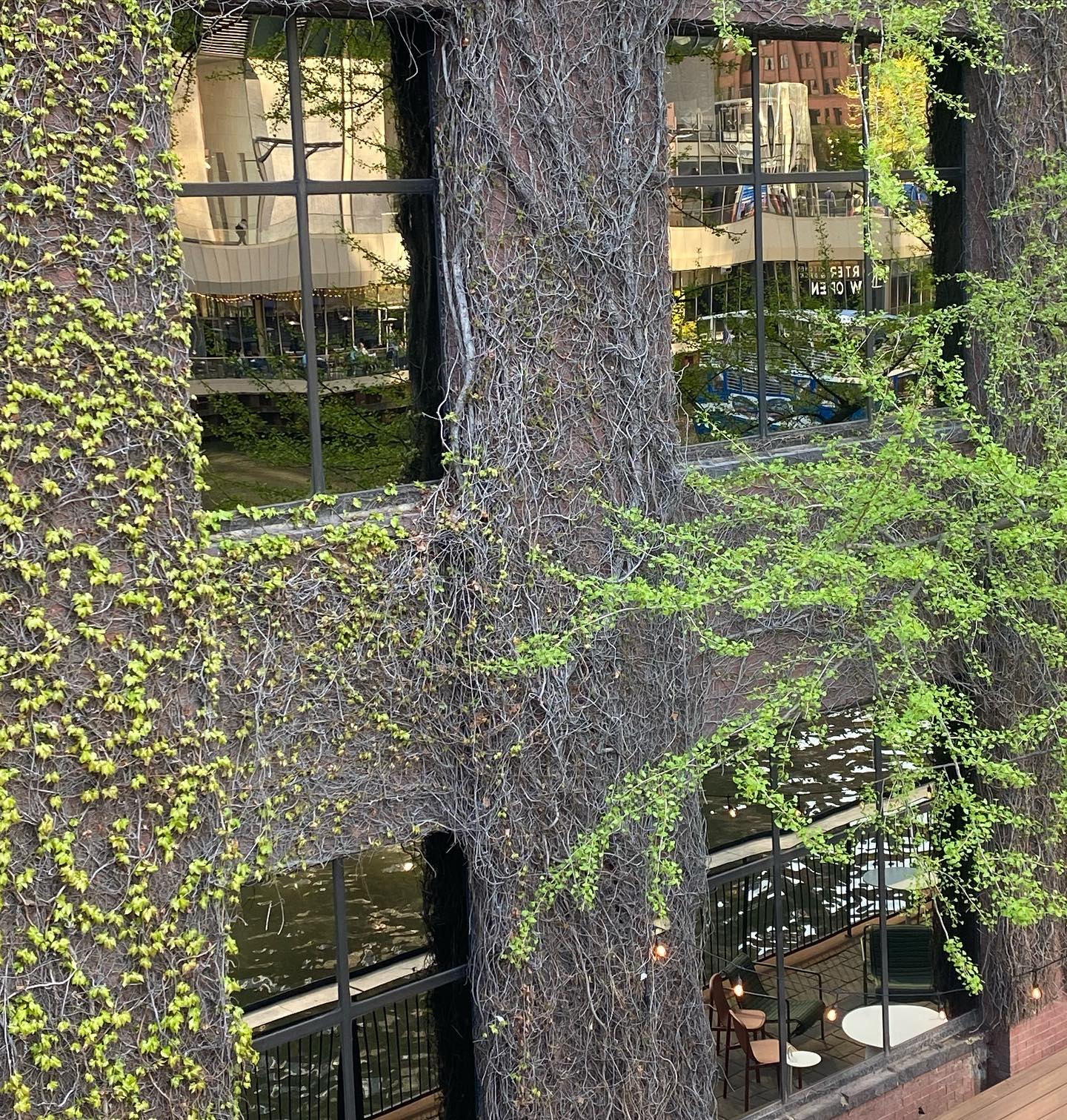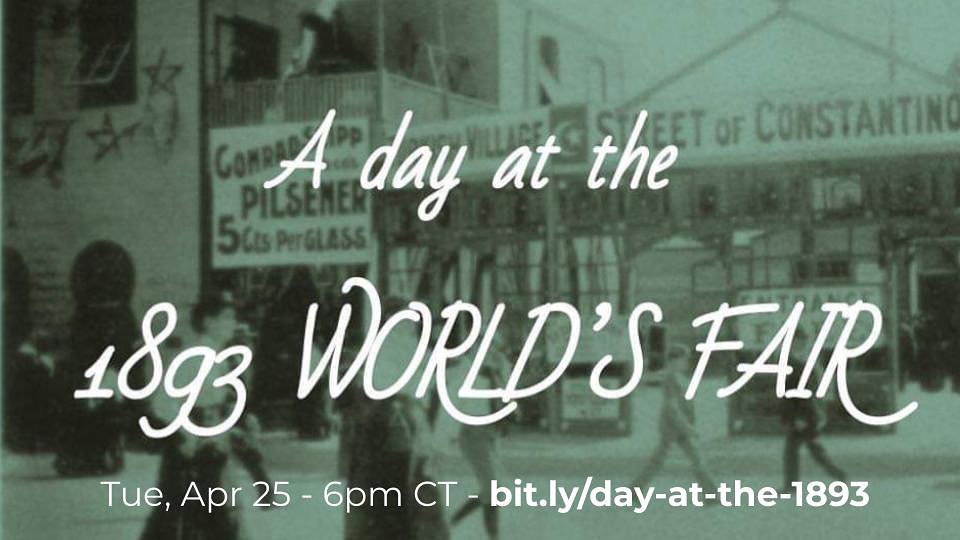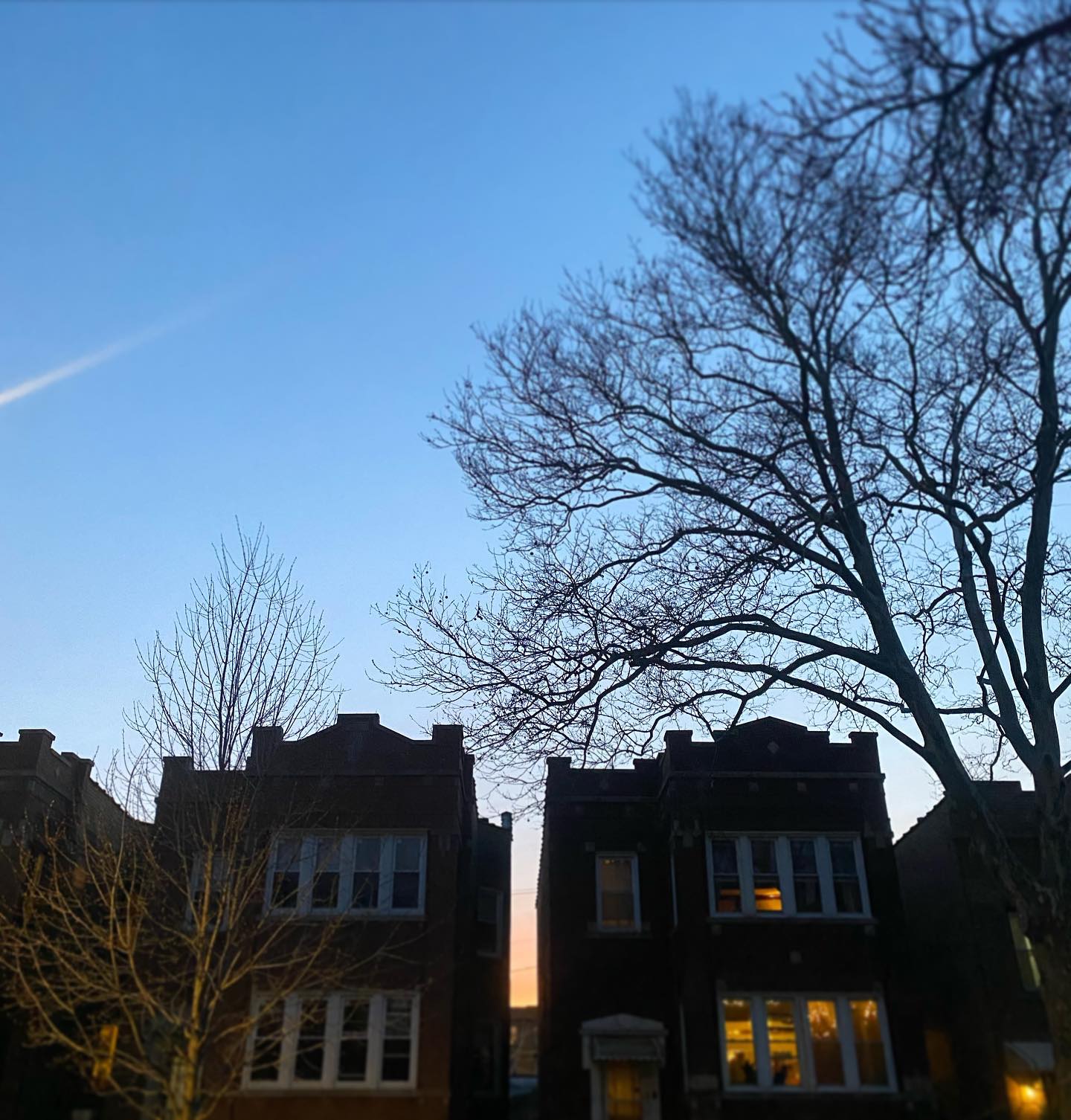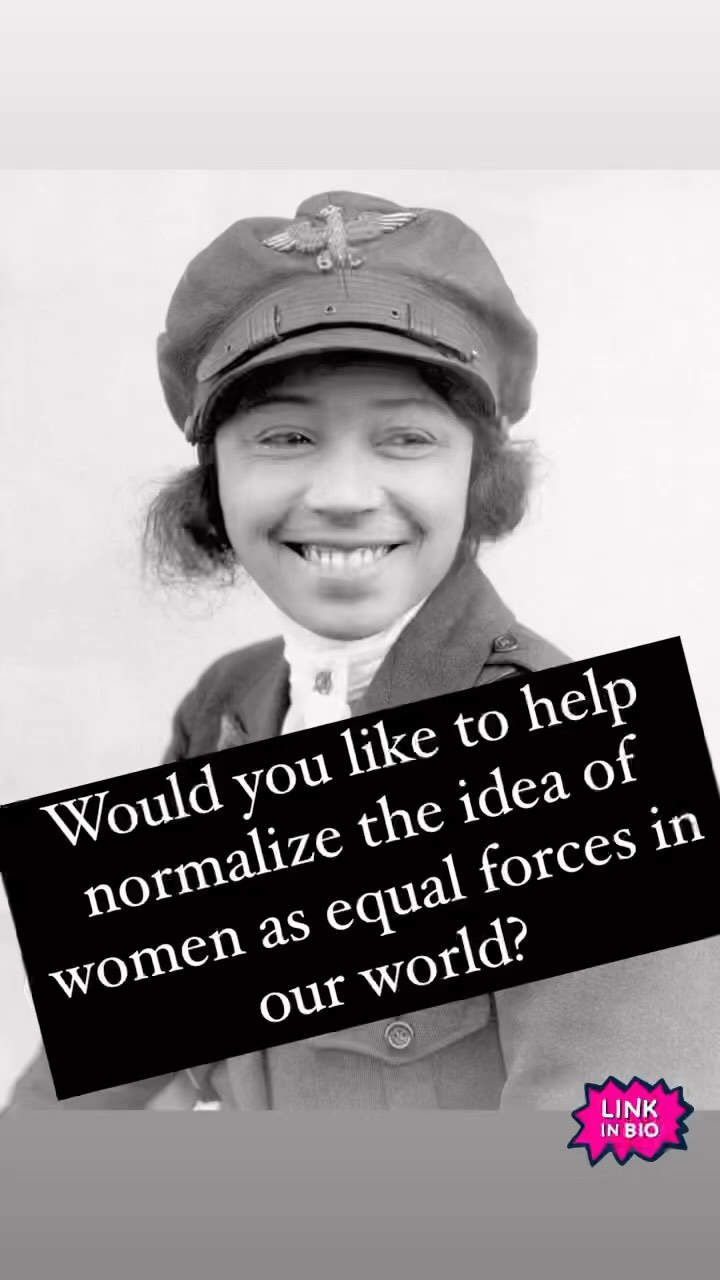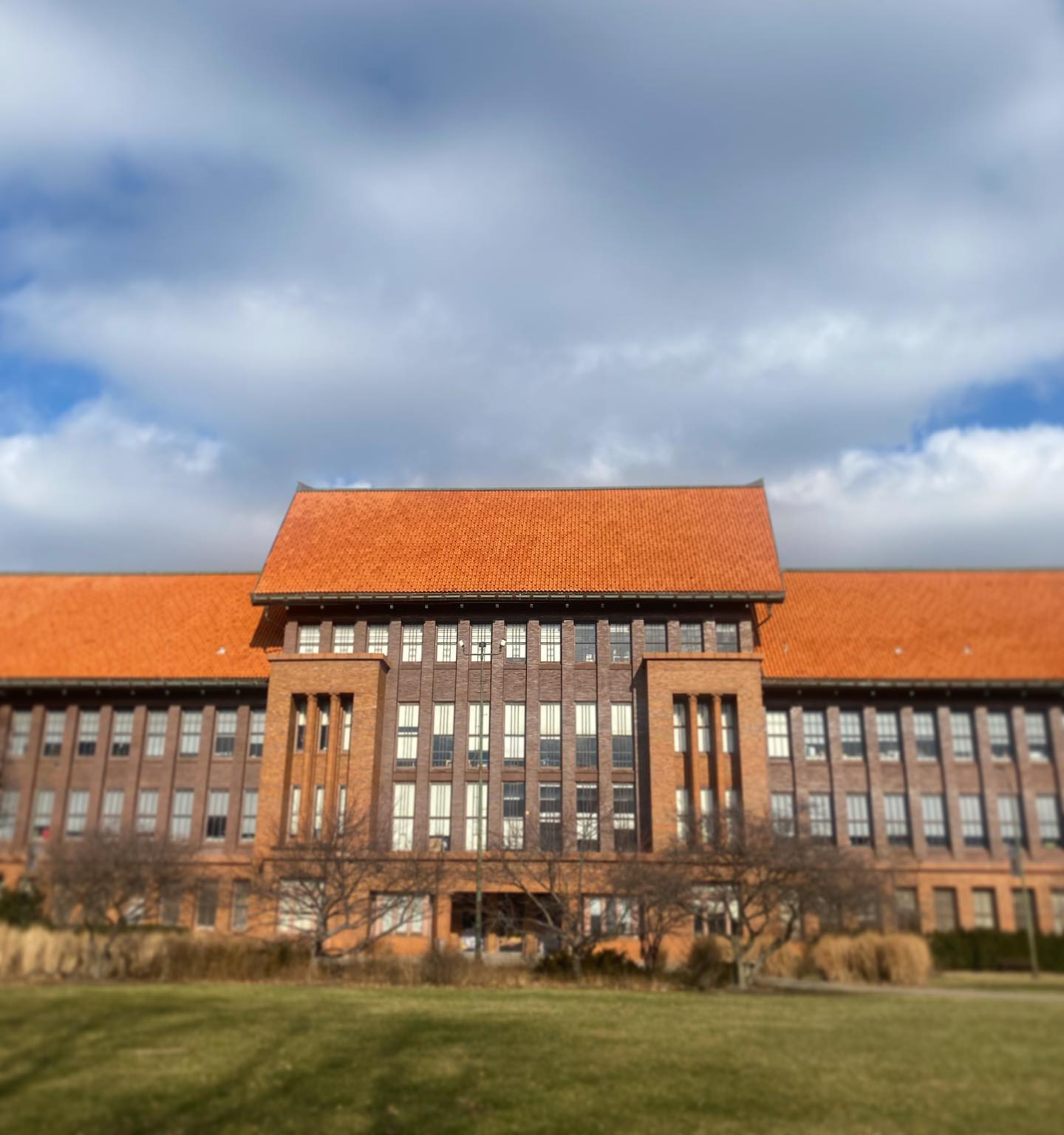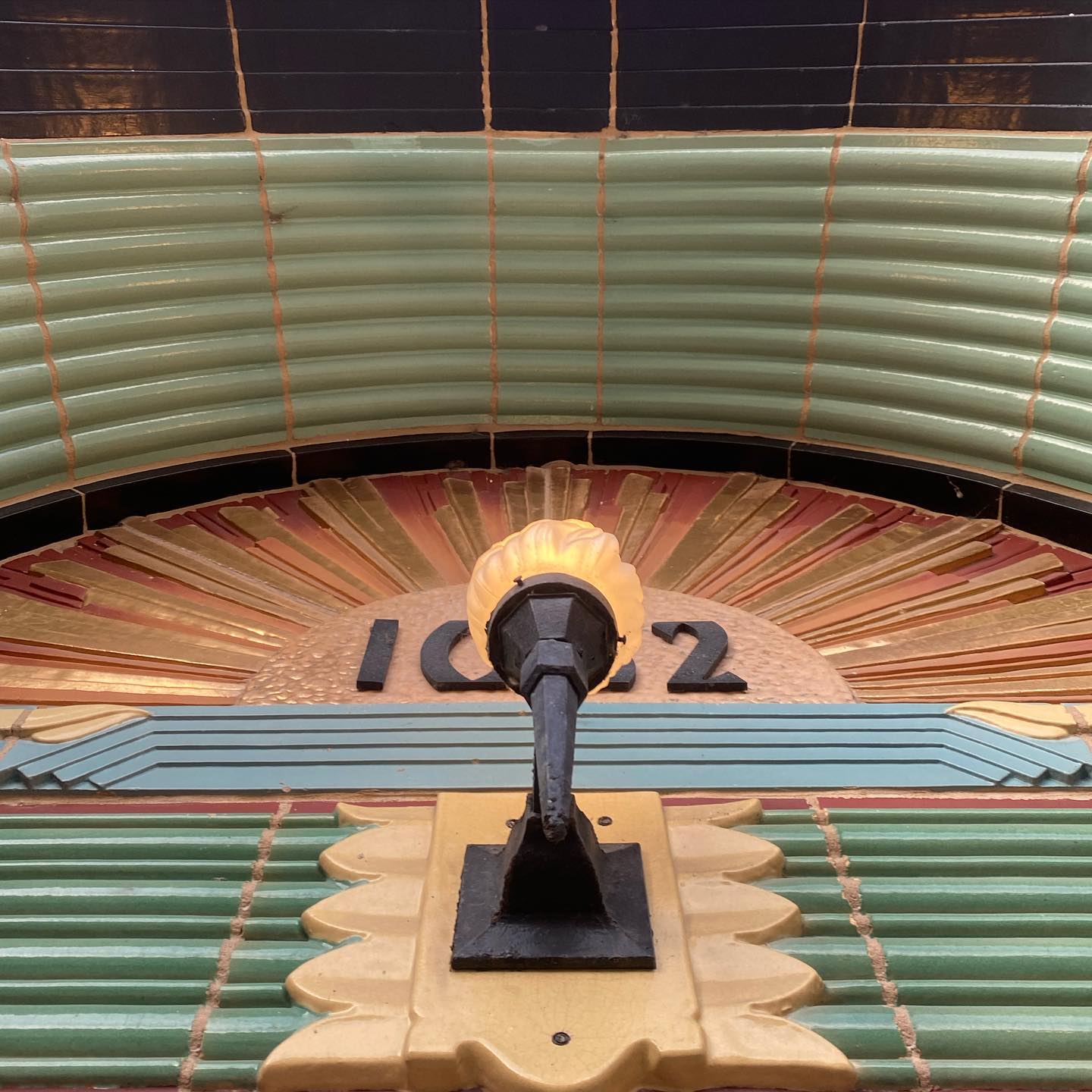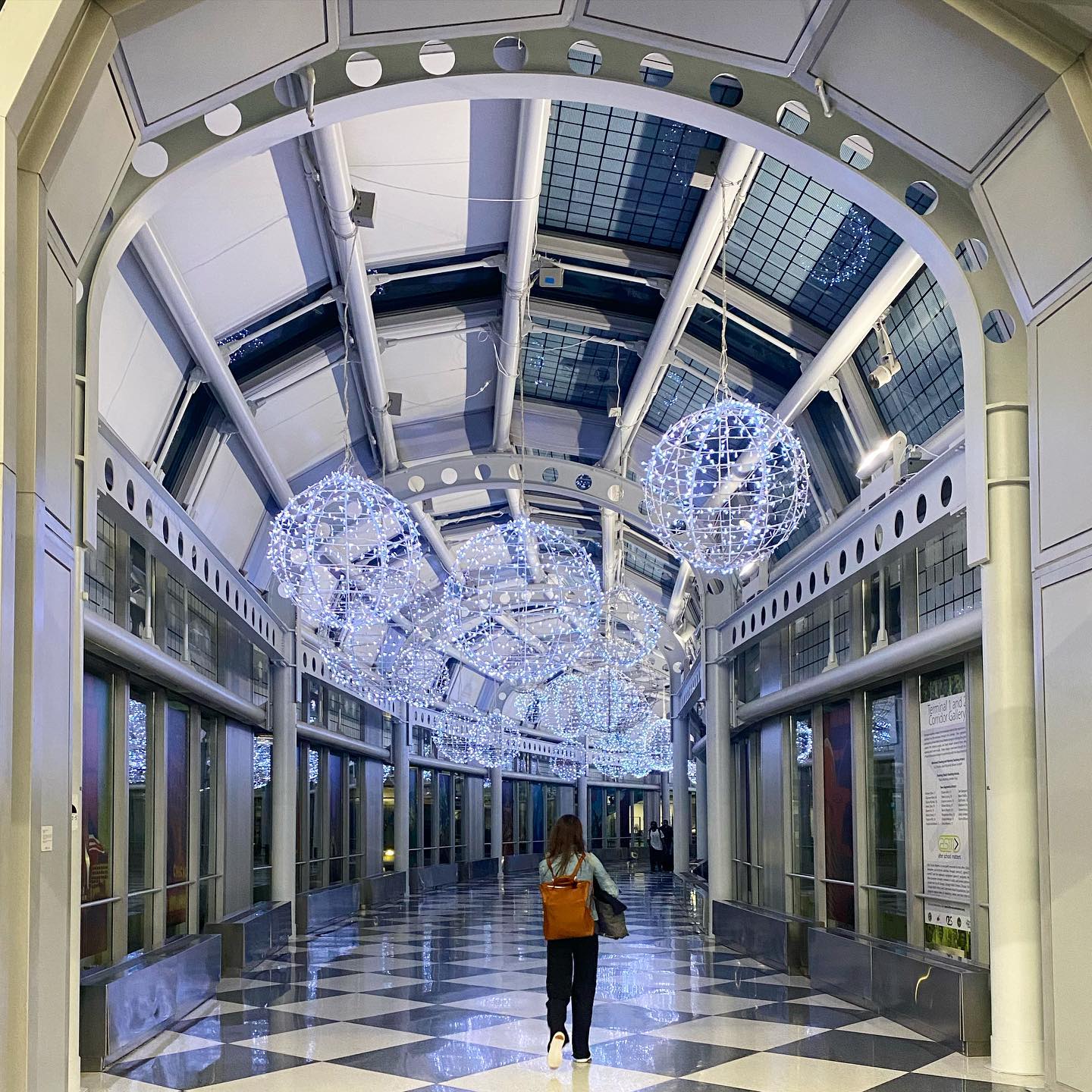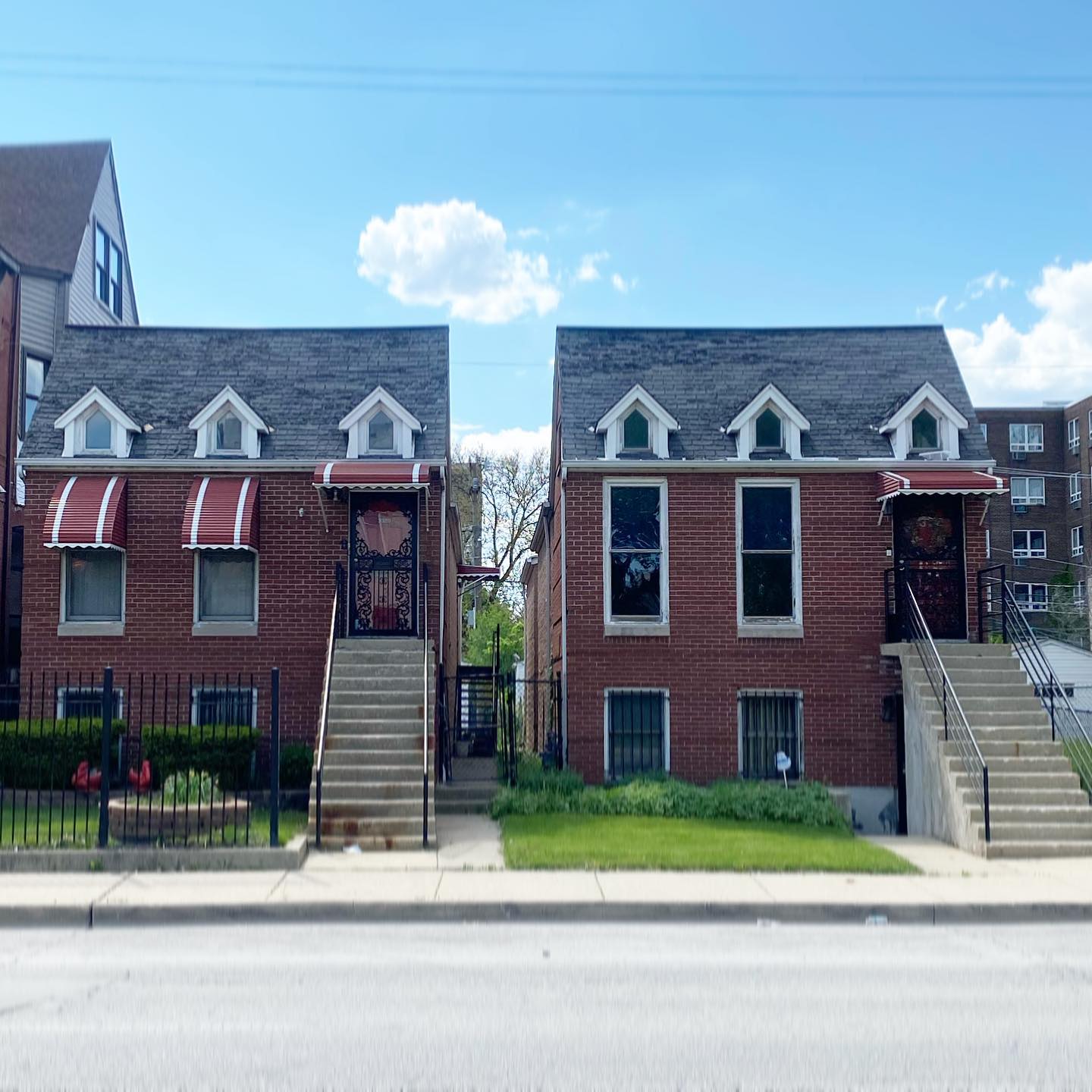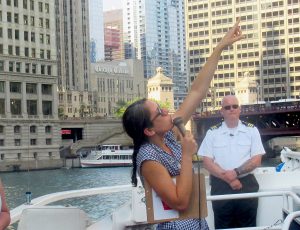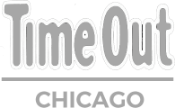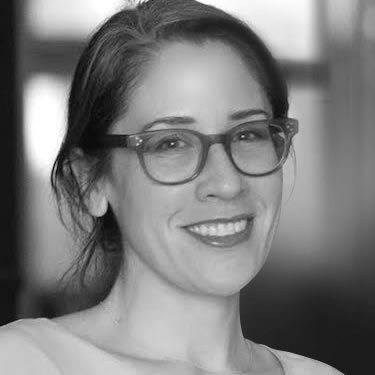The 1918 flu outbreak, both globally and in Chicago, is the event which most clearly antecedes today’s Coronavirus pandemic. Chicago suffered over 8,000 deaths due to the 1918 influenza epidemic. Many commonly call it the “Spanish flu.” It was one of the worst epidemics in Chicago history. The history of what went wrong 102 years ago could help us understand what we must do right in the present.
We research Chicago history and architecture like this while developing our live virtual events and custom corporate events. Join us for our public virtual events or book an exclusive team-building event for your private group. We can also create custom tours and original content creation about this Chicago topic and countless others.

A Shamefully Misleading Name for the Flu
First of all, let’s note that the name “Spanish Flu” has always been inaccurate. Modern scientific studies point towards Kansas as the outbreak’s most-likely origin point. The pandemic is associated with Spain because that country stayed neutral during WWI. Its news media was not subject to military censorship. Hence, news of the disease’s effects circulated much more widely there. Meanwhile the wartime Allies of the US, UK, and France were suffering even more. Racists and nativists at the time used the misnomer as a cudgel in efforts to cut off immigration from the Mediterranean. Then the name Spanish flu spread just like the viral infection itself. Keep that history in mind when you hear elected officials today refer to Covid-19 as the “Chinese Virus”!

How Did the 1918 Flu Pandemic Spread to Chicago?
The mass mobilization of WWI enabled the outbreak of the 1918 flu to spread globally. Unfathomable numbers of young men shipped out, contracted the disease, and then returned home. The flu hopped from port to port and city to city. It devastated the military and civilian populations everywhere. Historical estimates of total global mortality range as high as 100 million.
Accordingly, the first appearance of the flu in the Chicago area was at the Great Lakes Naval Training Station in Waukegan. Officers put the sailors in quarantine, but they continued to allow visitors on-base. And then the virus quickly jumped into the general population.
1918 influenza pandemic.
— La femme merveilleuse invisible (@larwoolf) March 11, 2020
It is estimated that about 500 million people or one-third of the world’s population became infected with this virus. The number of deaths was estimated to be at least 50 million worldwide with about 675,000 occurring in the United States.#Coronavirus pic.twitter.com/jUDiN7lOes
A Slow Response to the 1918 Flu in Chicago
The first cases of influenza spread from the naval base to the Chicago in September on 1918. At that point, public health officials did not recognize it as a serious threat. Even as cases grew, officials were slow to respond. A local doctor proclaimed, “I see no cause for public alarm, but every one developing any symptoms should be careful.” The Health Commissioner also offered the reassuring words “DON’T WORRY.”
By October, health officials ordered sick Chicagoans to self-quarantine, yet public venues and gatherings remained open. Within weeks the number of new cases exploded, and medical facilities were overwhelmed. By the middle of October, there were up to 1200 new flu cases and 500 deaths each day. The lack of immediate social distancing had created a full scale pandemic. Chicago suffered deadly consequences.
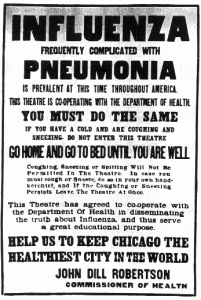
The health department eventually printed flyers about the dangers of coughing, sneezing, and the dreadful public spitting. What we now call “masks” they termed “sneeze guards” or “germ screens.” People were taught how to make their own sterilized gauze masks at home. Even kissing was discouraged.
A Shutdown That Came Too Late
The city eventually closed venues with crowds, primarily recreational spaces like skating rinks and dance halls. Sound familiar? By the time the city of Chicago implemented these restrictions, the influenza epidemic was already raging out of control. Even as Chicago deals with the Coronavirus pandemic, I think it’s worth imagining how difficult circumstances were in 1918. Self-quarantine would have made social contact, work, media, and entertainment practically impossible.
Thousands of Chicagoans, especially poor migrants, suffered terribly in the fall of 1918. The flu destroyed whole families. Now the memory of the influenza outbreak of 1918 motivates today’s measures to fight the Coronavirus outbreak. You can also read about more epidemics in Chicago history in “How Has Chicago Responded to Historic Epidemics”?
– Alex Bean, Content Manager and Tour Guide
ABOUT CHICAGO DETOURS
In business since 2010, Chicago Detours is a passionate team of educators, historians and storytellers. We applied a decade of experience as one of Chicago’s top-rated tour companies to become a virtual event company in 2020. We bring curious people to explore, learn and interact about Chicago’s history, architecture and culture through custom tours, content production, and virtual events.

